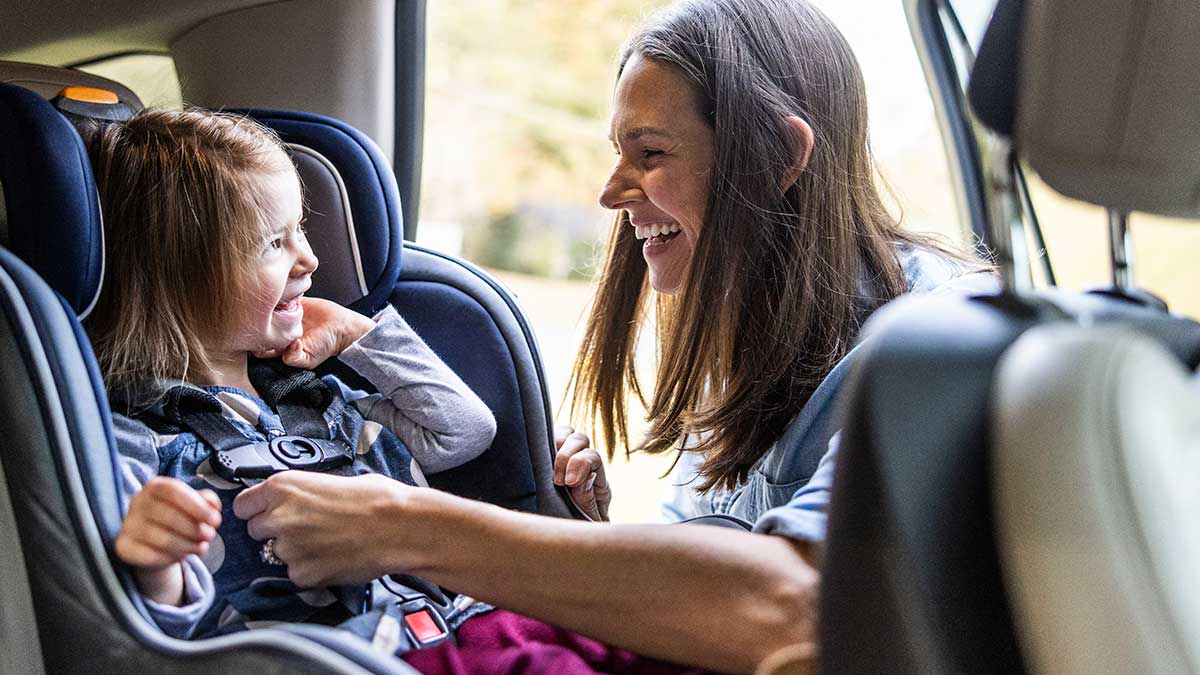
“213a is major progress for child passenger safety in the U.S.,” Thomas says, noting that similar side-impact protections already exist in European car seats because of car seat regulations in the European Union.
Under the new regulations, manufacturers are required to test car seats for children up to 40 pounds for side-impact protection using an updated standard. The new testing includes a simulation in which a door hit from the side “intrudes” into the car, better mimicking what happens in a real side-impact crash. The updated standard reduces the risk of a child’s head hitting a vehicle door or other structure during a crash, causing injury. It also helps limit forces to the chest. “This regulation aims to provide side impact protection for harnessed kids who won’t benefit as much from the vehicle’s side impact crash interventions, such as the side curtain airbag,” Thomas says.
In addition, the updated testing will mean that infant seat car seat weight limits will max out at 30 pounds rather than the 35-pound weight limit currently marketed by some manufacturers. The minimum weight for forward-facing mode in harnessed car seats will also change from 22 pounds to 26.5 pounds, which will help children stay rear-facing in their car seats for longer.
“CR has long said that you don’t need an infant seat that goes up to 35 pounds because most babies will outgrow their infant seat by height before weight,” Thomas says. “Our recommendation has been to move your child from an infant seat to a rear-facing convertible or all-in-one no later than their first birthday, which ensures better head protection in a crash. We also recommend that parents keep their child rear-facing up to the rear-facing height or weight limit, and at a minimum until the child is 2 years old. Increasing the minimum forward-facing weight requirement aligns with this advice and will help keep kids rear-facing longer, while the neck and spine get stronger.”
Source link











